This page is more than three years old.
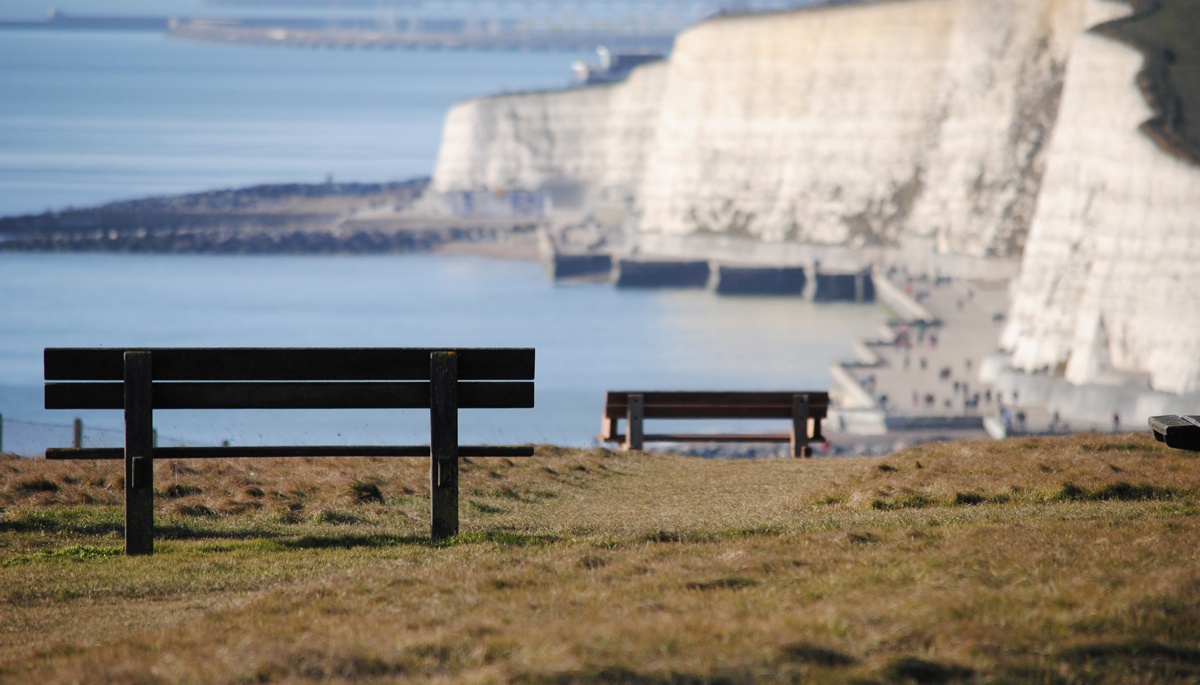
Photo: Mark
When you think of popular British tourist hotspots, Rottingdean on the south coast probably doesn't come high on most people's list, especially as just three miles to the west is the bustling seaside resort of Brighton.
However, the sleepy village has quite a glamorous past, in the 1930s it became a popular haunt for Hollywood celebrities. These A-list stars of their time stayed in the quaint and very English, Tudor House Hotel. You can be excused for not having visited Rottingdean, after all even the hotel's owner once quipped, "the venue was more popular in Hollywood than in England."
The hotel was just one part of a mock-Tudor development of seven contiguous houses arranged around two courtyards. The cottages were built over three years by the Saltdean Estate Company in the late 1920s to keep skilled craftsmen at work during the Great Depression.
The houses were built on Court Farm, a plot previously occupied by two old barns and a cow shed, many of the materials for Tudor Close were reclaimed from these older farm buildings. Additional timber was also reclaimed from other old local buildings. So it could be that many of the huge oak beams and stone fireplaces that gave the hotel its charm are authentically Tudor.
The hotel closed in the early 1950s and the buildings were converted back into private dwellings. One of these homes, a stunning four-bedroom property that still contains the hotel's original bar and dining room, has recently become the centre of attention in the paranormal world.
The new-found interest in the Grade II listed property comes after Danny Robins featured a ghost story relating to the house in his BBC Radio 4 podcast series for, 'Uncanny'. The episode entitled 'The Return of Elizabeth Dacre', focuses on an alleged haunting that includes lingering spirits from the home's time as a hotel and a ghostly visitation from one of its former residents.
The Loveliest Hotel On The South Coast
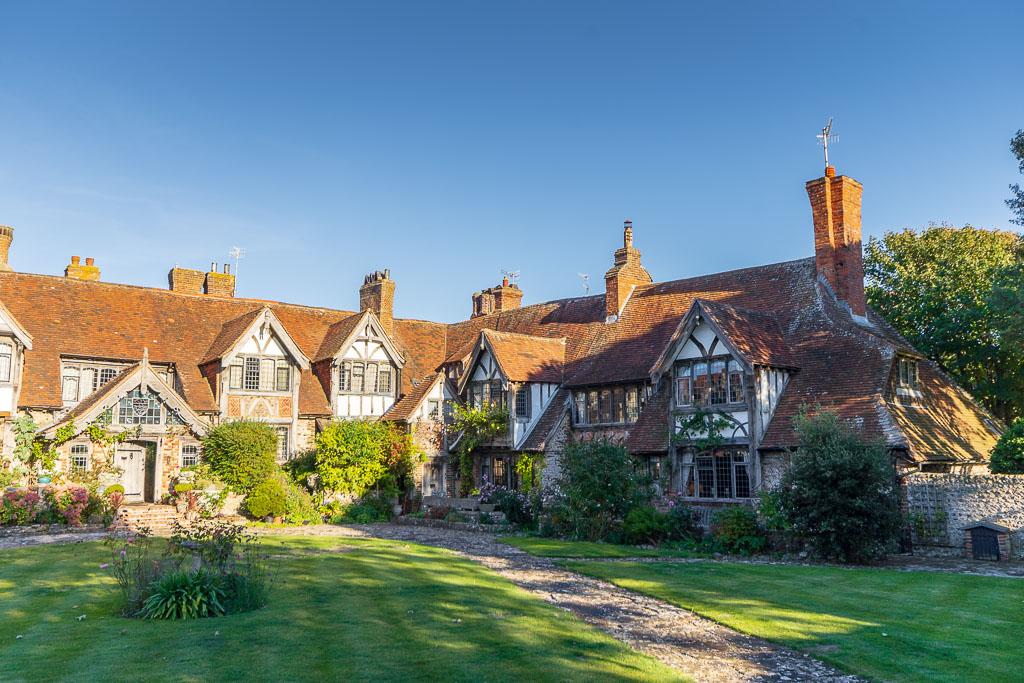
Photo: David Webb Residential
A crescent of seven of the cottages which surround the west courtyard were converted into the Tudor Close Hotel by local property entrepreneur, Charles William, Neville shortly after 1929, marketed as "the loveliest hotel on the south coast".
It's said that impressive list of celebrities of the day stayed at the fashionable hotel over the years, including the likes of Cary Grant, Bette Davis and Errol Flynn. It's also rumoured that English actress, singer and author Julie Andrews' parents worked at the hotel. Apparently a young Julie used to entertain the hotel's guests before she was even famous.
As well as hosting the stars of the silver screen, the hotel also appeared on screen itself in the 1949 comedy, 'The Adventures Of Jane', based on the popular Daily Mirror comic strip of the time, 'Jane'.
By 1950, the hotel's popularity was beginning to fade. In 1952 the hotel closed its doors to guests and was converted back into seven separate private dwellings. The whole development as it stands today consists of a mix of 29 houses and apartments spread across the two courtyards.
The most prominent of these houses sits in the western courtyard behind a stunning gabled two-storey porch, which once lead into the hotel's guest foyer and lounge. The house retains many of the hotel's original features, including the bar and original dining room.
It is this house which now has a ghostly reputation, thanks to the 'Uncanny' podcast. Speaking to host Danny, a former resident shared his story of visions from the past and ghostly apparitions in and around the historic home.
Advertisement ‐ Content Continues Below.
Murder At Tudor Close
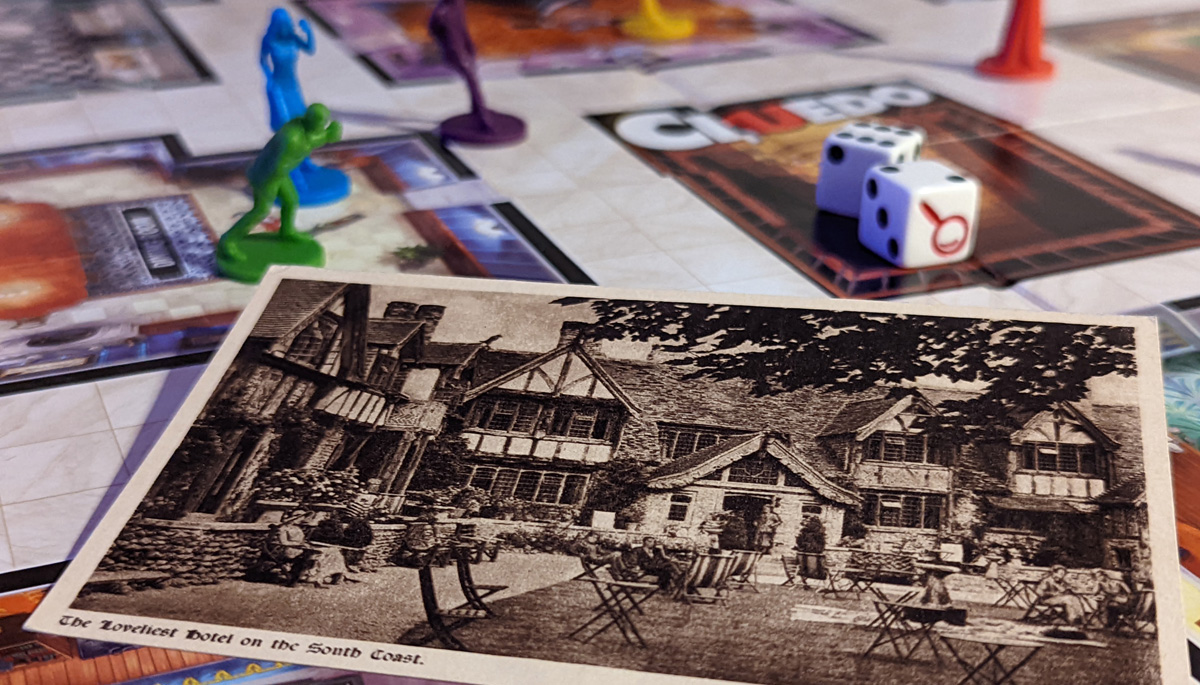
It's not just ghosts that Tudor Close is famous for, but also murder. In 1937, due to an increase in popularity, the hotel was refurbished by Richard Jones. An extension allowed for the addition of a billiards room, ballroom, ladies bar and restaurant. The hotel with its new facilities isn't too dissimilar from those you'd find on the board of the classic game, Cluedo.
The Waddingtons board game was in fact based on the hotel, with a pre-release version of the game being called Murder At Tudor Close, but was renamed to Cluedo by the British board games manufacturer ahead of its 1949 release.
The game's inventor Anthony Pratt and his wife Elva, were musicians who would travel to country hotels. In the 1940s it was common for these sort of venues to host murder mystery nights, which would involve both actors and hotel guests playing the characters in a plot which involved the murder of one of the guests.
Pratt had a love of detective fiction, and after witnessing these events, began designing a murder mystery board game. The game took inspiration from the Rottingdean venue. Even to this day, the board depicts the rooms and corridors of an English country house called Tudor Mansion, but in previous additions it has been called Tudor Close and Tudor Hall.
The Return of Elizabeth Dacre
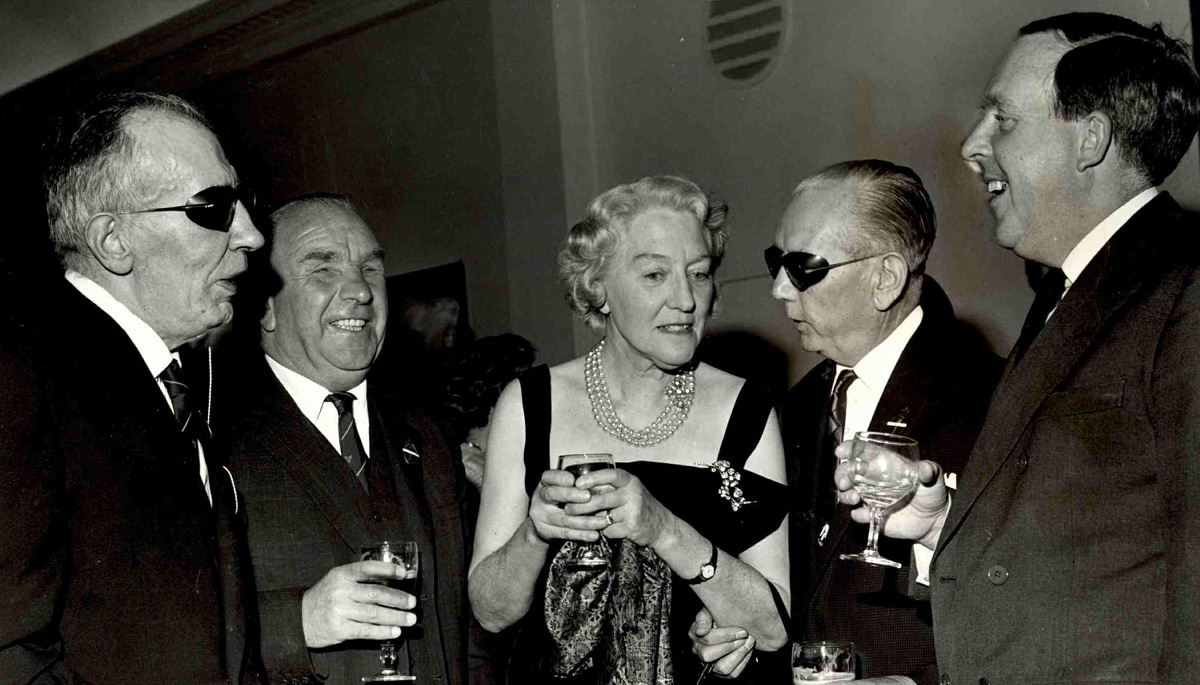
Photo: Brighton & Hove Stuff
Although not as old as it appears at first glance, Tudor Close has a varied and interesting past, so it's no surprise that over the years it's acquired a few ghost stories.
It emerged in Danny Robins' podcast that one of the houses that used to form part of the Tudor Close Hotel is haunted by a former resident, Elizabeth Dacre. Elizabeth lived in the house after it closed as a hotel, until her death in February 1995.
Elizabeth can be seen in the photograph above entertaining guests at her home on her return from her tour of the West Indies in 1966. She was a well-known member of the community, the sister of aristocracy, and a distinguished member of the magistrates' bench for 22 years.
The South African-born ex-service woman and her late-husband, Air Commodore George Dacre, were a benevolent couple who donated to and supported several local projects, including a charity that helped blind veterans. She is remembered by Forge House, a block of six flats to house ex-servicemen built on the site of the village's former forge by a housing association that bears her name.
A year after Elizabeth's death, Grant, his wife and his daughter moved from Brighton into the house. Not long after moving, Grant saw an elegantly-dressed, elderly woman sat on a bench outside the neighbouring church. What made her appearance so strange was that he saw her on two consecutive nights, and both times it was dark and raining - not the weather to be sat out on a bench, especially for an elderly person.
Grant was later able to identify this woman as the former owner of his house, Elizabeth Dacre, when a neighbour gave him a copy of Elizabeth's self-published autobiography with a photo of her on the cover. This book isn't widely available, but we believe it was called 'Elizabeth Dacre Formerly Betty Fraser, Her Family, Her Friends & Her First Ninety Years'.
Grant eventually got round to reading the book. He told Danny on 'Uncanny', "I got to the part where she said what she wanted to have happen when she died, and what she wanted was her ashes to be scattered around the bench where I had seen her sitting, the bench just outside of the churchyard, where her husband had been buried."
This wasn't the only potential sighting of Elizabeth. She was later seen by Grant's daughter. She described seeing her standing outside the glass front door of the house staring in at her. On another occasion a visiting friend said that she'd seen an old woman walk up the stairs, despite the fact there was no old lady in the house.
The strange goings on continued. Grant's daughter reported seeing a black bird flying around her bedroom, and one night Grant went into the dining room at around 1am, this room was once used as the hotel's dining room. Upon entering, Grant was confronted by a room of smartly dressed diners sat at tables.
You can listen to Grant's full account of the strange goings on at Tudor Close in 'Uncanny' now and find out what paranormal experts, Evelyn Hollow and Hayley Stevens, think about the haunting. 'Uncanny' is available on BBC Sounds. New episodes drop on Wednesdays and are also broadcast on Saturday nights at 11:30pm on BBC Radio 4.
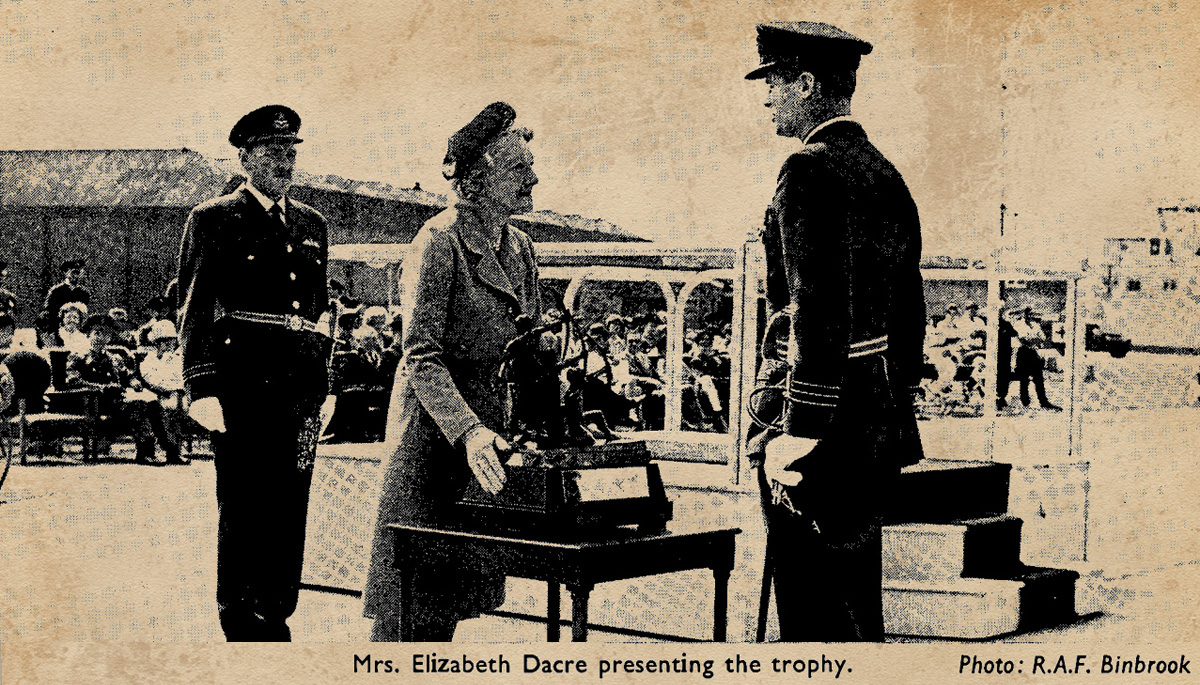
Elizabeth Dacre: A Lifetime Of Public Service
By Arthur Wayne, M.B.E. (January 1977)Mrs. Elizabeth Dacre, M.B.E., T.D., J.P., has been President of the Sussex County Women's Section of the Royal British Legion since 1948. She retired at the end of November after thirty years. She first became associated with the British Legion in 1923; her connection with the Legion, therefore, years. stretches over more than fifty
This is a remarkable record but Mrs. Dacre is a remarkable woman. It is not possible to do justice to her public service in a short note but the following will give some indication of a lifetime spent in the service of her country and fellow men.
In 1937 she joined the Emergency Service - a small women's corps set up by the War Office to train women as officers in case of war. 1938 saw her called-up for service as a cook with the A.T.S. and sequently appointed Commandant of Buckinghamshire A.T.S. (She raised three companies of A.T.S. in Bucks.). In 1939 she was transferred to the W.A.A.F. and mobilised for full-time service as Squadron Officer. She was demobilised in 1946 with the rank of Group Officer.
Her service with the Forces was recognised by the Award of the Territorial Efficiency Decoration, "T.D."- a rare distinction for a woman which she shares with only one other W.A.A.F. Officer. Dame Mary Welch, who was war-time Director of the W.A.A.F.
Elizabeth Dacre was awarded the M.B.E. in 1973 for her long public service.
She has an even longer association with the Guide movement which she joined in Eastbourne in 1912. She has formed many Cub and Brownie packs both here and abroad when accompanying her husband, the Air Commodore George Bentley Dacre, wherever he was posted. Greece and Italy are two countries where she was active in this respect. She is currently President of the East Brighton Guides.
Unlimited Energies
Her energies are unlimited; a Justice of the Peace on the Brighton Bench from 1948-1971; involved with the Poppy Day Appeal since 1922 to date and currently organiser of the Remembrance Day Service in Rottingdean; she helped to raise two Auxiliary Air Force Radar Units in Sussex and is President of 2981 Squadron, A.T.C. (Newhaven) and 176 Squadron A.T.C. (Hove). She is a Governor of St. Dunstan's and also President of the St. Brighton Social & Sports Club. Dunstan's
She is active in many other spheres but her tireless efforts for ex-servicemen and women are marked for posterity in Rottingdean's "Forge House" - a block of six flats for ex-members of the services. Opened in 1972, it is run by a Housing Association that bears Elizabeth Dacre's name.
Inside Tudor Close
More From 'Uncanny'
See All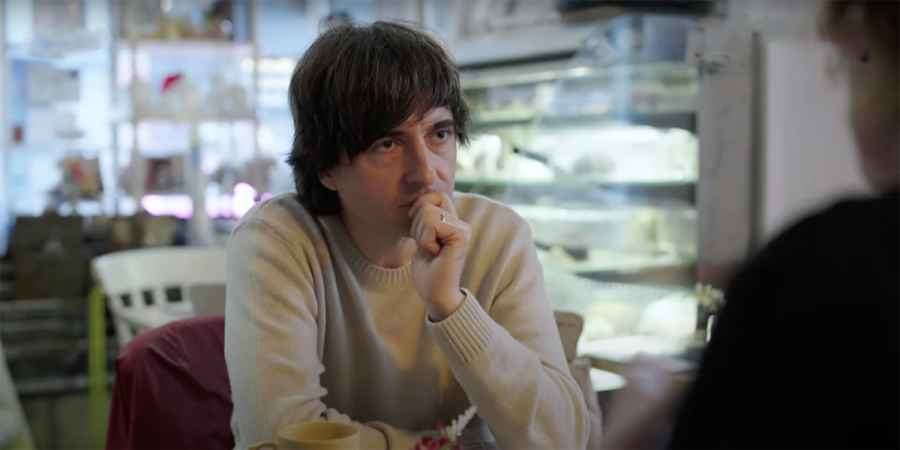
ArrayJanuary 21, 2025
'Uncanny' Returns To BBC Two & iPlayer For A Second Series
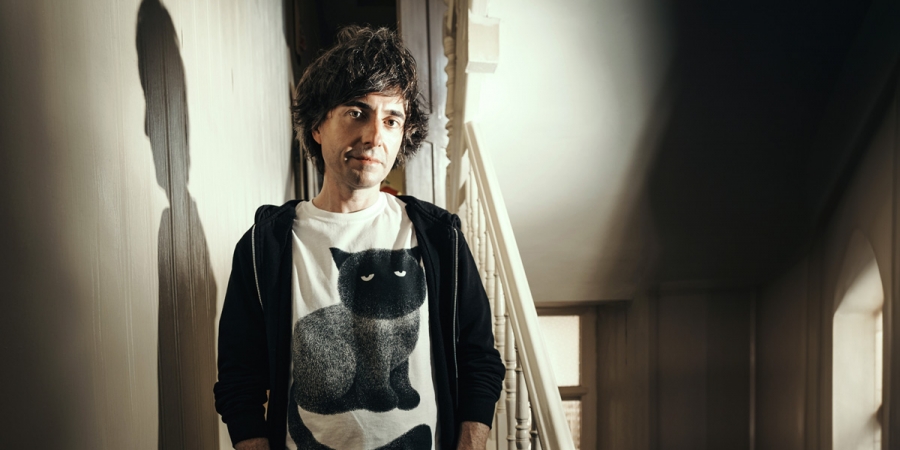
ArrayNovember 08, 2024
Danny Robins Announces His Halloween 2025 ‘Fright Night’ At The Royal Albert Hall

ArraySeptember 20, 2024
'Uncanny' Premiers In Canada As Part Of T+E's "Creep Week"
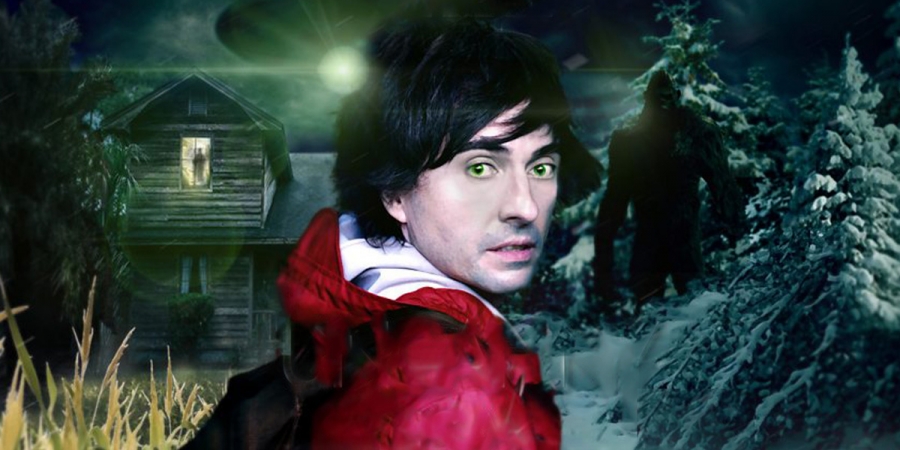
ArrayJuly 06, 2024
'Uncanny USA' Quiz
Learn With Higgypop
Hosted by Paralearning in association with Higgypop, these courses on ghost hunting, paranormal investigations, and occult practices draw on the experience of our team of paranormal writers.

Diploma In Modern Demonology For Paranormal Investigators
This course gives you practical and useful knowledge of ghost hunting and paranormal research, which is invaluable when conducting your own paranormal investigations or as part of a group event.
View Course
Diploma In Practical Ghost Hunting & Scientific Analysis
This course gives you practical and useful knowledge of ghost hunting and paranormal research, which is invaluable when conducting your own paranormal investigations or as part of a group event.
View CourseMore Like This
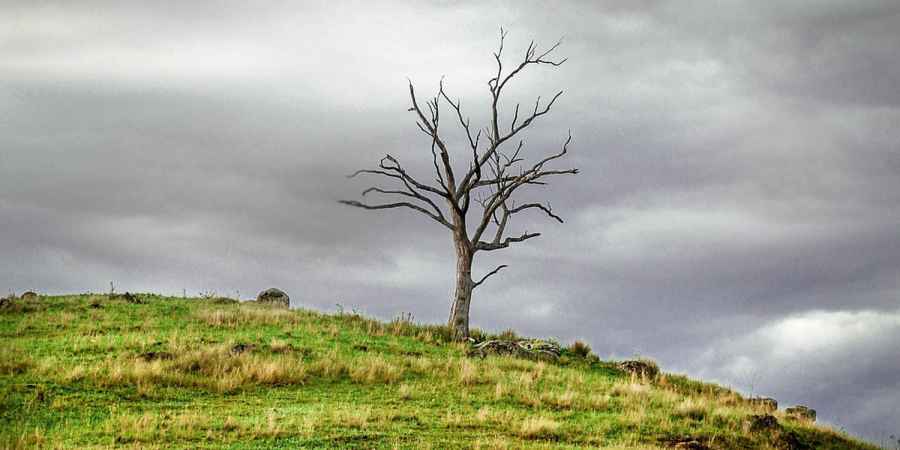
Broken VeilApril 02, 2025
'Broken Veil' Podcast Explores A Haunted, Hidden Essex You Can’t Google

Robbie WilliamsFebruary 28, 2025
Robbie Williams Says UFO Came So Close, He Could Have Touched It
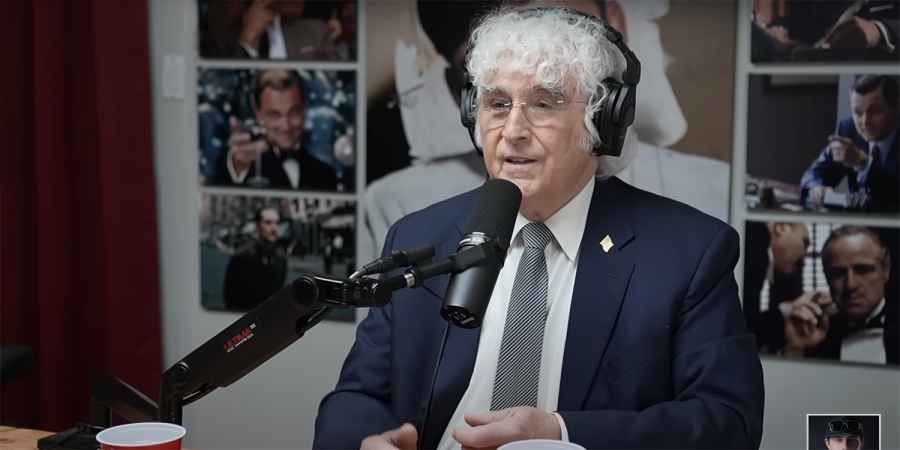
UfosFebruary 23, 2025
US Lawyer Claims The US Government Has Alien Spacecraft & Pilots

Art BellFebruary 22, 2025
Art Bell's 10 Most Memorable Callers On 'Coast To Coast AM'
 See More on Audible
See More on Audible
Comments
Want To Join The Conversation?
Sign in or create an account to leave a comment.
Sign In
Create Account
Account Settings
Be the first to comment.